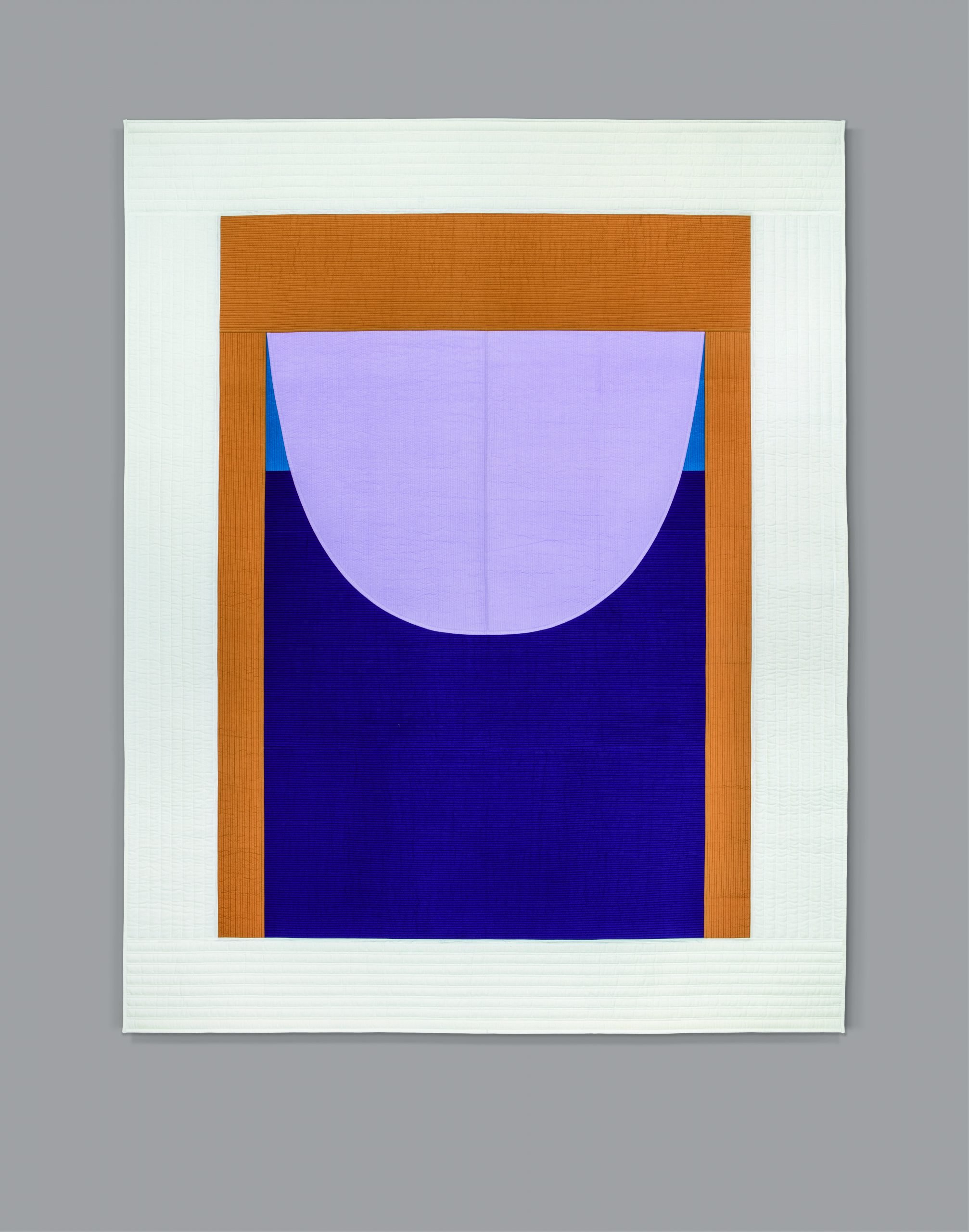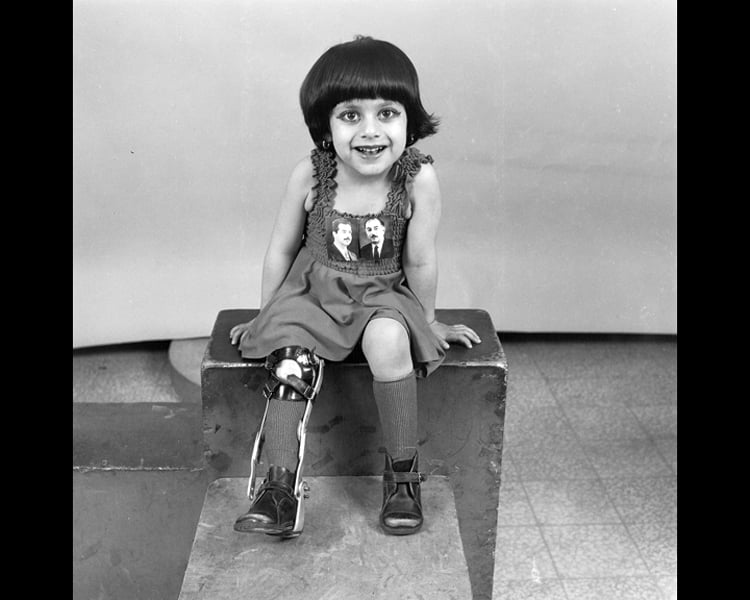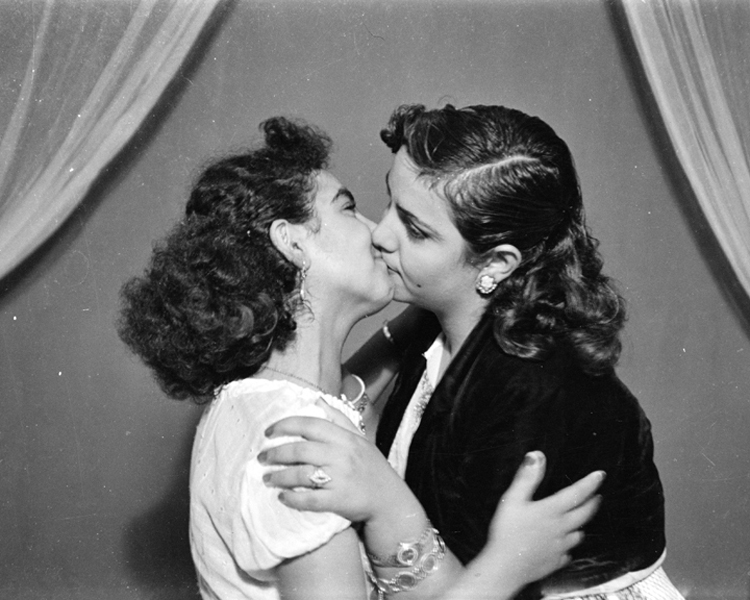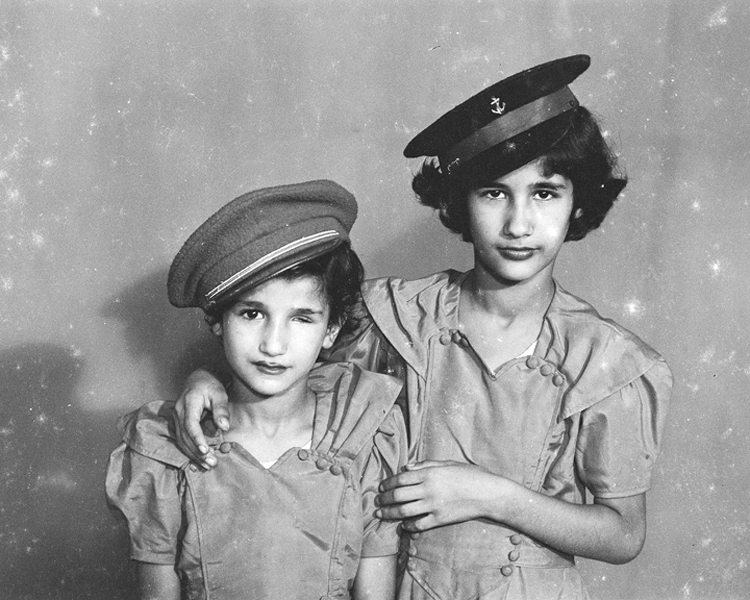Le noeud coulant
1997 - Drawing & Print (Drawing & Print)
56,3 x 51,3 cm
Jean-Luc Moulène
On a piece of paper, the artist has traced two loops in black crayon and placed two eyes where the lines intersect. Cut out of the same photograph, the eyes belong to the same gaze. The first asset of a slip knot is its simplicity, it basically requires a small length of rope. This collage is “apragmatic drawing, a kind of instructions manual” (“ Paragraphes pour Jean-Luc Moulène ”, ibid.) of Moulène’s work and photographs. Indeed, doesn’t one commonly speak of the photographer’s gaze? The slip knot could be a “a sort of vision’s hieroglyph”: the eye is the node of everything, the optic nerve is the common thread, the vector of information. This collage questions our gaze which cannot embrace both eyes at once (literally staring in the eyes), which is the point made in the series Les filles d’Amsterdam (photographs of prostitutes which place face and sex organs on the same level). In an interview, the artist analyzes his work by proposing a scenario that activates drawing: “in fact it is the question of the figure. Tracing is always a sharing act, something quite surprising occurs when the line loops back: this reflexivity produces the figure. Then one notices that by pulling the lines to separate the eyes, at a certain point they become stuck; and if one separates other lines then the two eyes end up stuck to one another. It is as if these eyes were rolling around in their own orbits. […] As such, I believe that thought is outside, that there is no room for it in the flesh. The other, social space, outside our bodies: that is what enables us to think”.
After training in literature and working in advertising, Jean-Luc Moulène became known in the 1990s for his ‘documentary’ photographic practice. His images could be considered as studies of natural and cultural phenomena; the Objets de grève ( Strike objects) series (1999) documents objects made in factories during social protests. Moulène uses the codes of media images and diverts them to liberate the gaze and produce a new imaginary. This poetic tactic is manifest in the series called Disjonctions , in which Moulène photographs still lives, portraits, daily urban scenes. The notion of disjunction, which can be interpreted in the grammatical sense (‘or’, ‘either… either…’) or in terms of logic (an alternative in a dilemma), is manifest in the image by the disunity of the elements in the composition. The artist is not just a photographer, he increasingly creates relations with drawing, sculpture, objects, texts and newspapers.
Colors:
Related artist(s) to: Jean-Luc Moulène » Florian Hecker, » Harun Farocki, » Lara Almarcegui, » Seulgi Lee, » Adel Abdessemed, » Akram Zaatari, » Allen Ruppersberg, » Amos Gitai, » Anri Sala, » Carol Rama

© » KADIST
Seulgi Lee
2018The Korean title for U: Repair the cowshed after losing the cow = Too late is —a famous Korean proverb meaning “you are doing something when you are already late to do it”...

© » KADIST
Allen Ruppersberg
1970Untitled (City Limits) is a series of five black-and-white photographs of road signs, specifically the signs demarcating city limits of several small towns in California...

© » KADIST
Harun Farocki
2009For Immersion , Harun Farocki went to visit a research centre near Seattle specialized in the development of virtual realities and computer simulations...

© » KADIST
Akram Zaatari
1966“People often asked if they could pose with the Kodak advertisement where a full scale woman is featured with a camera offering Kodak rolls...

© » KADIST
Akram Zaatari
1950“While taking the picture it was challenging to make the boys sit properly without moving...

© » KADIST
Akram Zaatari
1956“People often asked if they could pose with the Kodak advertisement where a full scale woman is featured with a camera offering Kodak rolls...

© » KADIST
Akram Zaatari
1970“People often asked if they could pose with the Kodak advertisement where a full scale woman is featured with a camera offering Kodak rolls...

© » KADIST
Akram Zaatari
1960“When you position your hand on someone’s shoulder, your shoulders become straight and horizontal...

© » KADIST
Akram Zaatari
1950“Other photographers used to send me negatives of cross-eyed people, asking me to retouch them...

© » KADIST
Akram Zaatari
1957“These are negatives that were scratched because of a jealous husband from the Baqari family, who never let his wife out by herself...

© » KADIST
Akram Zaatari
1950“In the 1980s I started using coloured paper backdrops, one of which was yellow...

© » KADIST
Akram Zaatari
1972“The two men were relatives and both were in the Lebanese Army.” Hashem El Madani...




